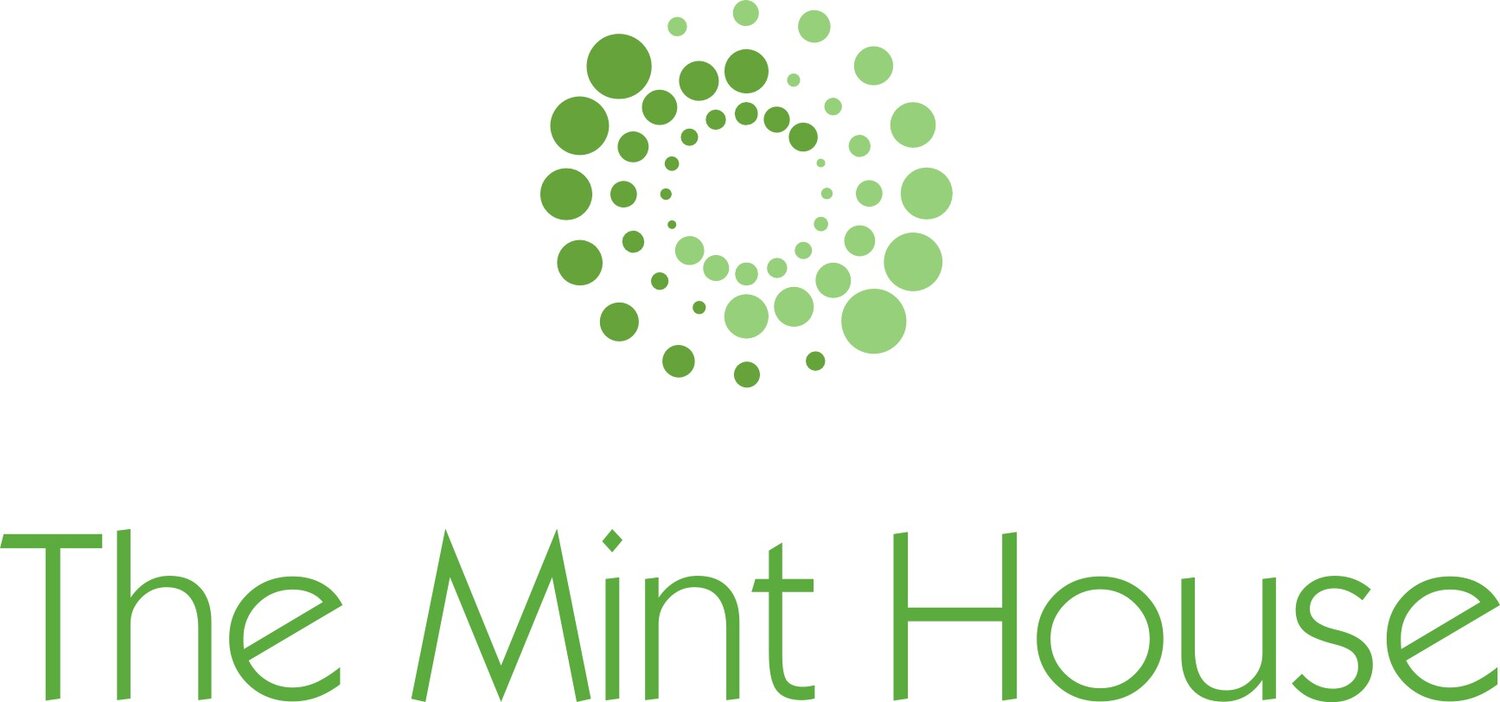I am Geoff Emerson, a retired probation officer and one of The Mint House trustees. I will be writing a series of short pieces reflecting on different aspects of restorative practice for the Mint House.
This first piece explores why we are called “The Mint House”. If this interests you, read on. The building in which the Mint House was launched in 2015 – and from which we operate when we need a physical space – is alleged to have been the temporary location for the Royal Mint of King Charles I during the English Civil War in the 1640s. The building was used to mint (manufacture) coinage to enable the King to pay his troops, something he had not been very good at. Paying troops to fight battles is not a very restorative activity. To make matters worse the coinage was minted from silver plate taken from the Oxford Colleges and melted down at the Mint House.
As I write this, I realise I am getting into the murky territory of judging past people and actions using the values of today, restorative values of course! Was Charles I a bad king? Was melting down beautiful objects to make money a bad thing to do? Can it be excused by the good of paying hungry troops who had not been paid for months? Are these just the wrong kind of questions?
To us, adopting “The Mint House” name focuses both on the minting of new things and the freshness of a medicinal and culinary herb which promotes good health and good food. What’s in a word, or two? Whilst it is helpful to understand the past, restorative ways of thinking suggest that we should also look forward with hope and to fresh ways of doing things.
What happened in the Mint House in the 1640s was a part of a difficult history when Parliament was seeking to assert the democratic rights of the people in what became a bloody civil war. The whole country was affected both in terms of painful bloodshed, but also democratic rights achieved. Subsequent history has shown both progress in terms of democratic rights, but also continuing conflict over how human rights can be won in a society where they continue to be abused. The Mint House has a mission to promote restorative practice as a means of resolving conflict peacefully. For us this means finding new and creative ways of communicating what restorative practice is and why it matters, working with partners to introduce restorative practice in new settings – workplaces, colleges, housing complexes and more - and looking afresh at what enables organisations to embed restorative practices in how they do things day-to-day. We’re convinced the resulting ‘currency’ – deep listening, respectful dialogue, understanding needs and peaceful conflict resolution – is one that will benefit us all.
The Mint House today from Bonn Square


